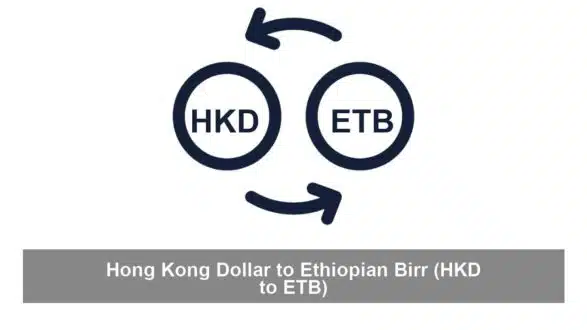Currency Converter HKD/ETB: Thu, 5 Jun.
Looking into converting Hong Kong Dollar to Ethiopian Birr (HKD to ETB)? Use this page as your quick start reference.
The Hong Kong Dollar (HKD) is the official currency of Hong Kong, a prominent financial hub in Asia. Widely recognized for its stability and reliability, the Hong Kong Dollar is often used in international trade and finance. With its close ties to the Chinese economy, the HKD is closely monitored by investors and traders around the world.
On the other hand, the Ethiopian Birr (ETB) is the official currency of Ethiopia, a country known for its rich cultural heritage and diverse landscapes. The Birr plays a crucial role in Ethiopia’s economy, supporting trade and commerce within the country and fostering economic growth.
Exchange rates between currencies are influenced by various factors, including decisions made by central banks, inflation rates, and geopolitical events. Central bank policies, such as interest rate adjustments, can significantly impact exchange rates, leading to fluctuations in currency values. Inflation levels also play a key role in determining exchange rates, as currencies in countries with higher inflation rates tend to depreciate relative to others.
To calculate the exchange rate between Hong Kong Dollar and Ethiopian Birr quickly and accurately, make use of the calculator provided above. Simply input the amount of HKD you wish to convert and instantly see the equivalent value in ETB. This user-friendly tool ensures convenience and precision in currency conversion, allowing you to make informed financial decisions with ease.
Whether you are a frequent traveler, an online shopper, or a global investor, understanding currency exchange rates is essential in navigating the intricacies of the international financial landscape. Start converting your Hong Kong Dollars to Ethiopian Birr effortlessly and stay informed about the latest exchange rate trends.

